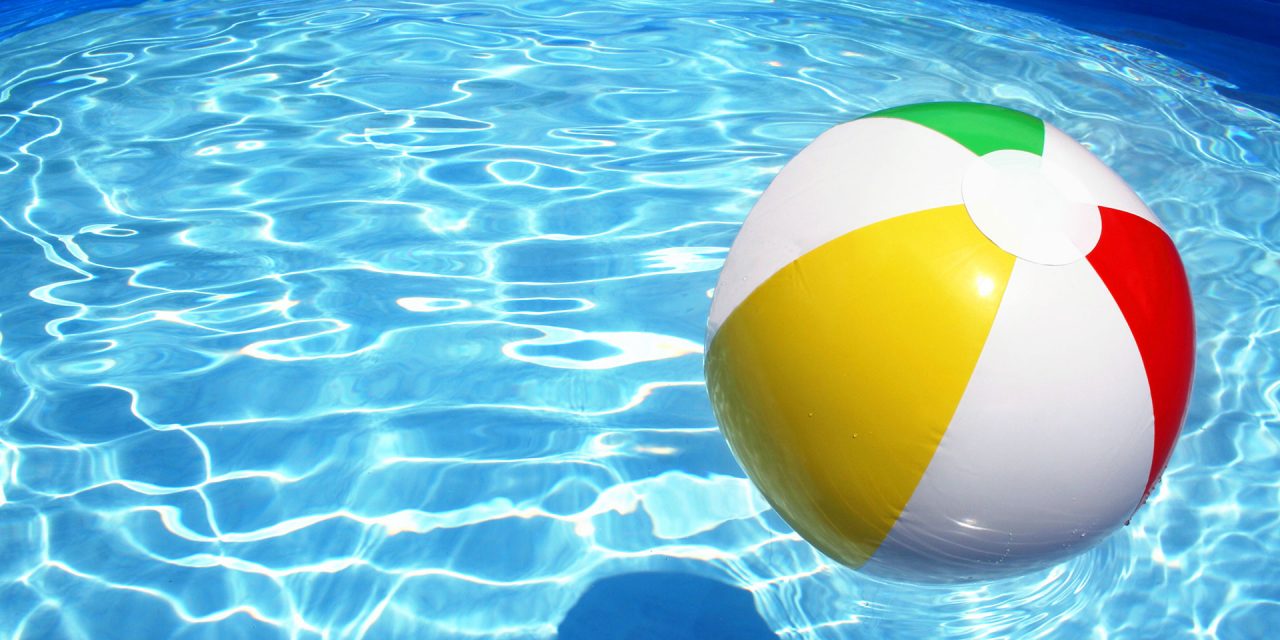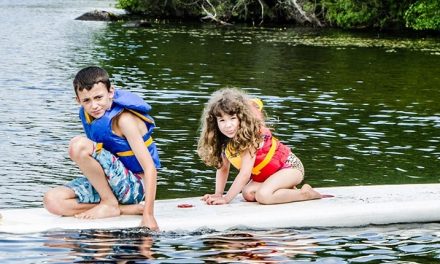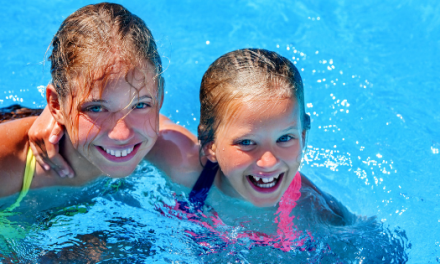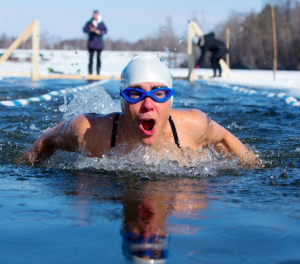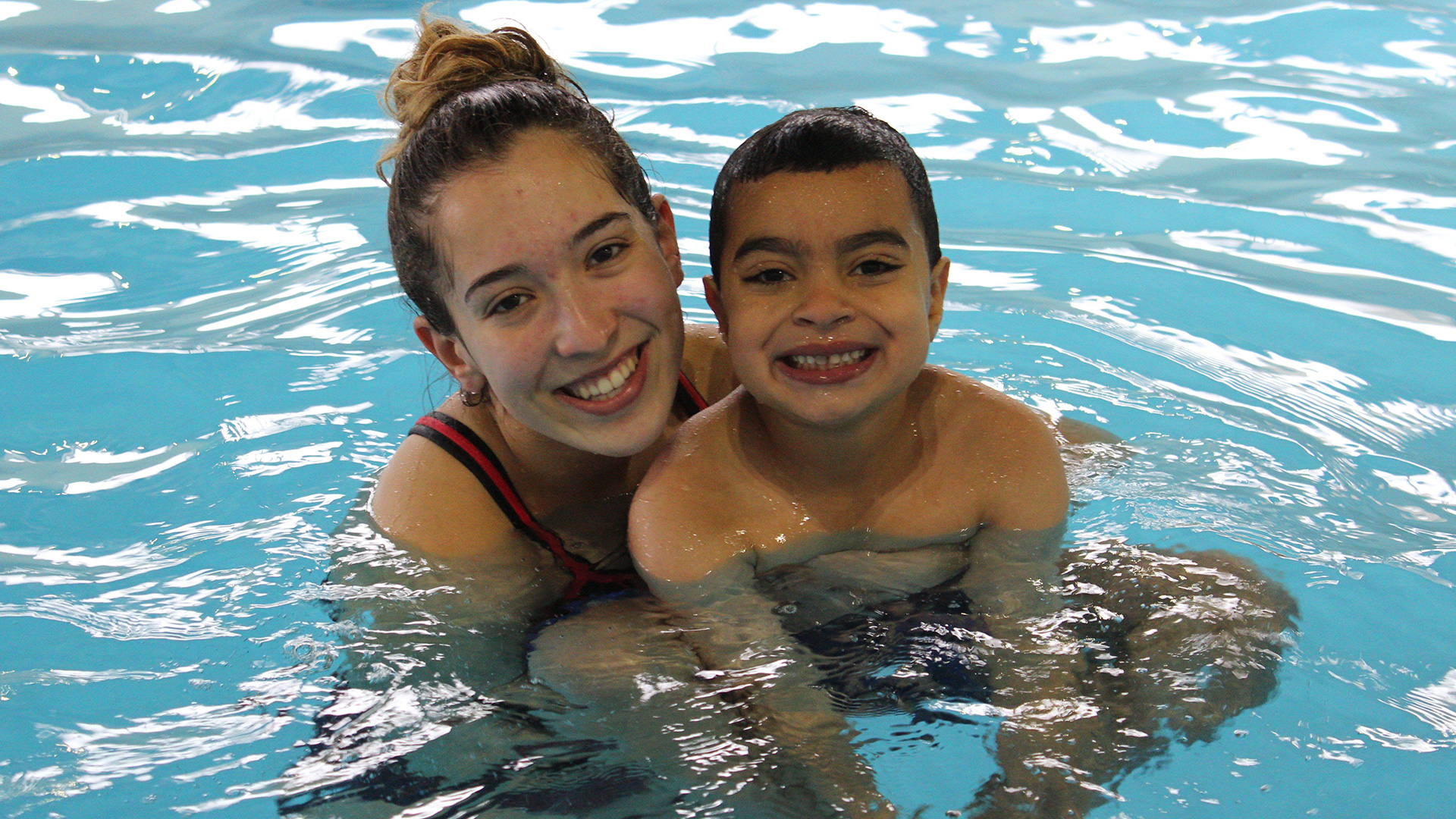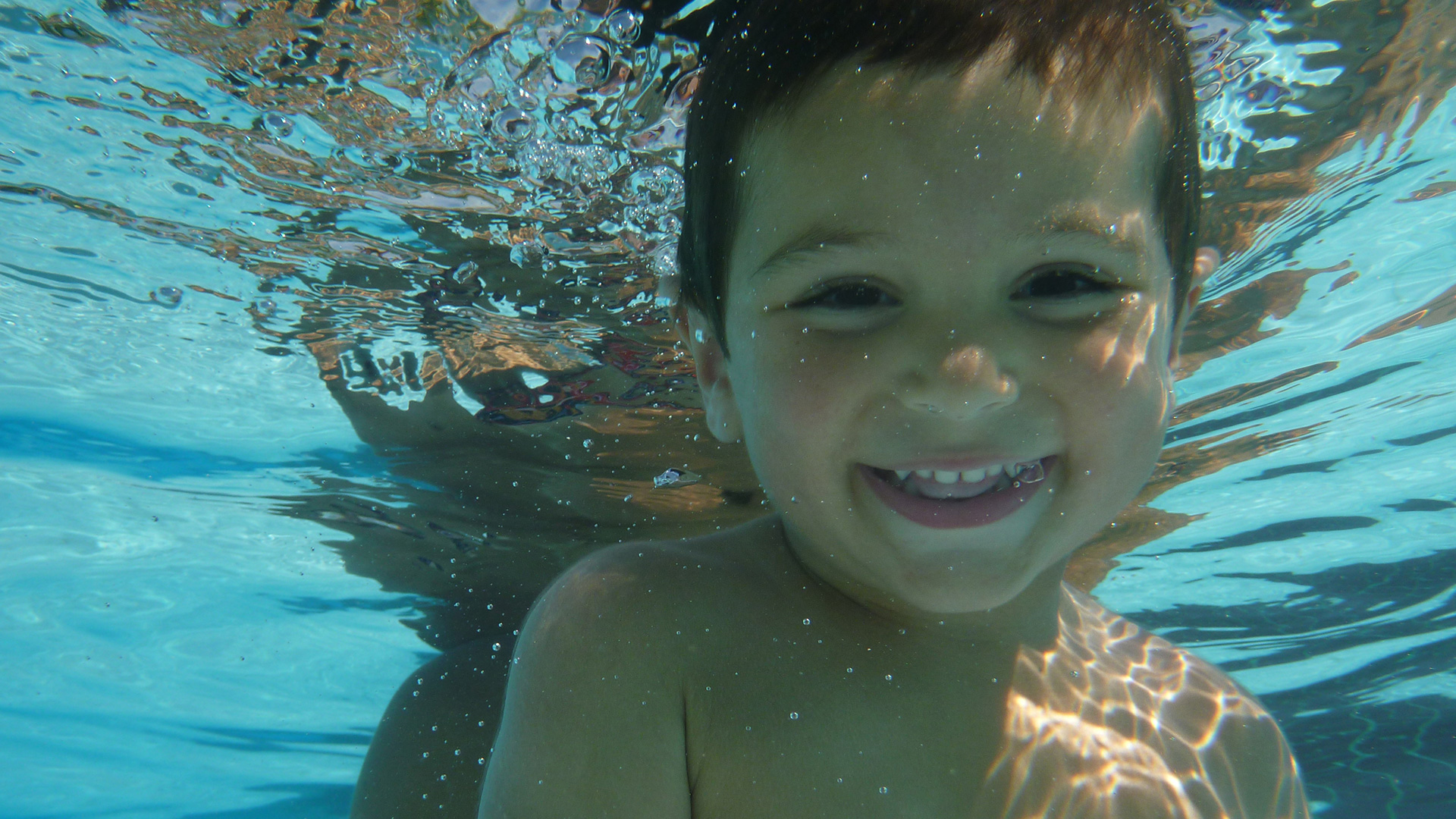While there are lots of games that can be played in the pool without toys, there are numerous others that can be invented with the assistance of some inexpensive toys.
In a world where expensive pool toys are all the rage, a universe of play opens up with some of the basics. Additionally, some of these can be used to facilitate swim skills!
Dive into summer fun with beach and water toys that are guaranteed to make a splash with your kids.
Toy #1: Pool Noodles
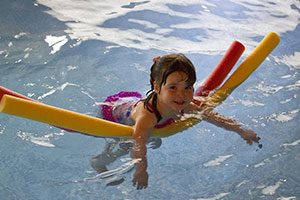 Pool Noodles are fun, inexpensive and perfect for kids, teens, and adults alike!
Pool Noodles are fun, inexpensive and perfect for kids, teens, and adults alike!
The most popular ones are made of solid foam and are between four and five feet long and between three and four inches thick.
Many parents find Pool noodles are useful when learning to swim, for floating, for rescue reaching, and in various forms of water play. A noodle alone is often enough to keep an adult in a vertical position with the head above the water without him or her doing any arm or leg motions.
Game Idea: Select 2 players to sit on a blow up raft in the middle of the pool. Give each one a pool noodle and have them joust with the noodles and try and get each other off the raft. The winner takes on the next player. If you don’t have a raft, an alternate game is to divide the kids into teams. On “go” teams try to tag each other by hitting the players on the other team below the waist with their pool noodle. Encourage them to find ways to avoid the noodles by developing swimming tactics.
Alternative Uses: In recent years, pool noodles have been revealed to have a plethora of other uses for adults. Due to the durability and usefulness of the material itself, they can be repurposed for things such as creating bumpers to prevent door slamming, placed inside of boots to help them keep their shape, or making soft girders for playhouses.
Storage: The shape and durability of the product makes it ideal to be stored vertically against the wall in corners, but others have found it easier to store them bent in baskets or whatever container is available.
Toy #2: Ping Pong Balls
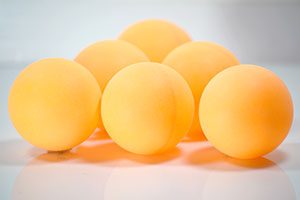 Ping-Pong balls come very cheap, and can be used in the weirdest of ways. As opposed to other toys, you don’t have to worry about these being lost or broken. It’s also one of the toys that can be scaled-up very well for parties, and can be used in conjunction with other toys you may have. The only consideration with this toy is to be careful not to litter. It’s temping to use a lot of them at once, but if you’re swimming in either a pool or a lake you’re going to want to keep track of them, so they don’t cause litter.
Ping-Pong balls come very cheap, and can be used in the weirdest of ways. As opposed to other toys, you don’t have to worry about these being lost or broken. It’s also one of the toys that can be scaled-up very well for parties, and can be used in conjunction with other toys you may have. The only consideration with this toy is to be careful not to litter. It’s temping to use a lot of them at once, but if you’re swimming in either a pool or a lake you’re going to want to keep track of them, so they don’t cause litter.
Game Idea: Players form a large circle in the pool and scramble to collect ping pong balls and place them in their container. Dump a large container of ping pong balls in the middle of the players circle. Whoever collects the most balls wins! Have them collect them in different coloured laundry baskets or buckets that are placed on the edge of the pool.
Alternative Uses: Aside from their obvious use in a myriad of indoor games, ping-pong balls are very popular in arts and crafts and have even become a trendy resource to make lights out of. One of the most interesting alternate uses we’ve found is to use them in a raffle setting in children’s classes and writing conversation starters on them that they use to start conversations with each other. People young and old instinctively want to play around with ping pong balls, so it’s really limited by your imagination.
Storage: The best tip for storing them is putting them in a place where they are kept together, since they get lost so easily and it’s easy to lose track of them. If you find they’re particularly popular in the pool, find a way to store them near the pool in a separate bag so they don’t get lost or roll away. This is especially important if you have animals around the house.
Toy #3: Beach Balls
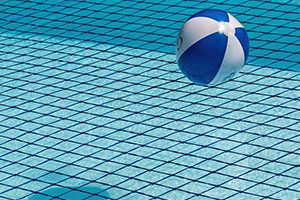 Both large and small beach balls can add an element of fun to family get-togethers, youth retreats, and parties. One of the biggest benefits of using a beach ball is it’s easier to play a game with your children when they are in the pool and you are outside of it. Also, as opposed to ping-pong balls, beach balls are easier to retrieve and reuse. As a result, they will be easier to bring into shared pools.
Both large and small beach balls can add an element of fun to family get-togethers, youth retreats, and parties. One of the biggest benefits of using a beach ball is it’s easier to play a game with your children when they are in the pool and you are outside of it. Also, as opposed to ping-pong balls, beach balls are easier to retrieve and reuse. As a result, they will be easier to bring into shared pools.
Game Idea: Introduce a game of beach ball dodge ball, but remind the kids that they can utilize tricks such as going underwater, propelling off the sides of the pool, and generally utilize their own space in a more exciting way than traditional dodge ball. The rules are: team players avoid being hit by balls that the other team is throwing at them, while at the same time trying to eliminate players from the other team. It’s simple as that, but you can add bonus points for tricks and near-misses, or using a water-based strategy.
Alternative Uses: Both the design and softness of the beach ball has made it a fun learning resource in the classroom by writing words/facts/math problems on various colours and passing it between students. Beach balls are also a great way to teach proper coordination on land by encouraging children to balance it in various ways.
Storage: It’s important to deflate beach balls when not in use, as keeping them inflated over long periods of time could end up stretching the material. After that, store it in any place that allows it to dry easily.
At CSS, we make learning both swimming skills and safety fun. As your child progresses through our unique system, their strengths and weaknesses will be continually evaluated to help modify their lessons and support them to become a confident and capable swimmer quickly. Similar to what we discussed in this article, we start with the basics and build from there.
To book a private lesson, or find a CSS near you, contact us at canadaswimschool.com.
See you at the pool!


